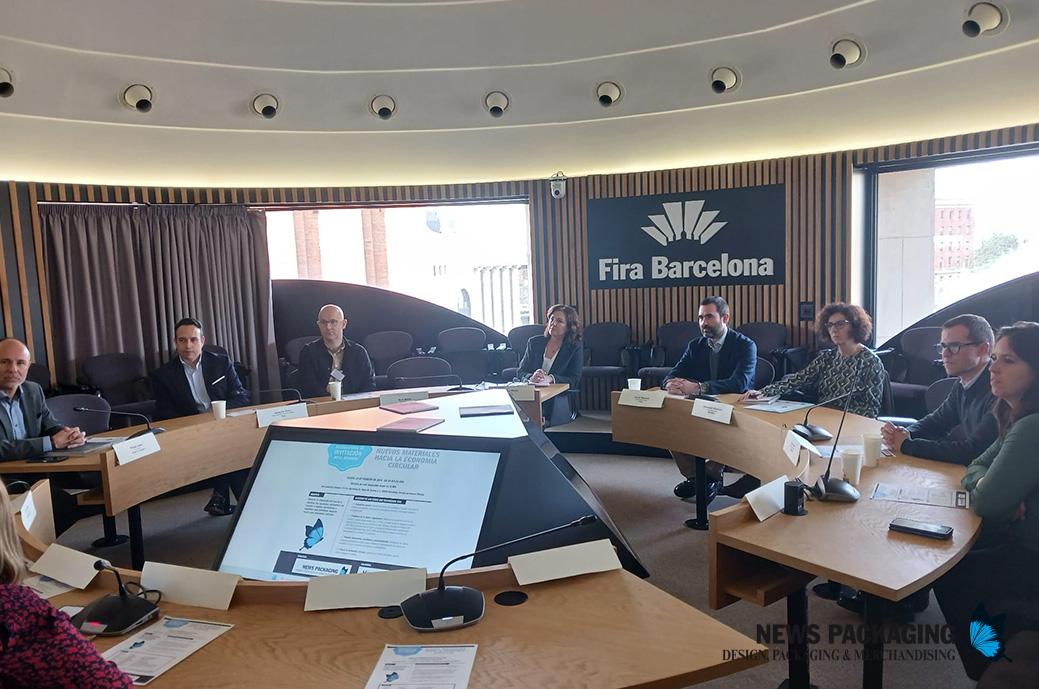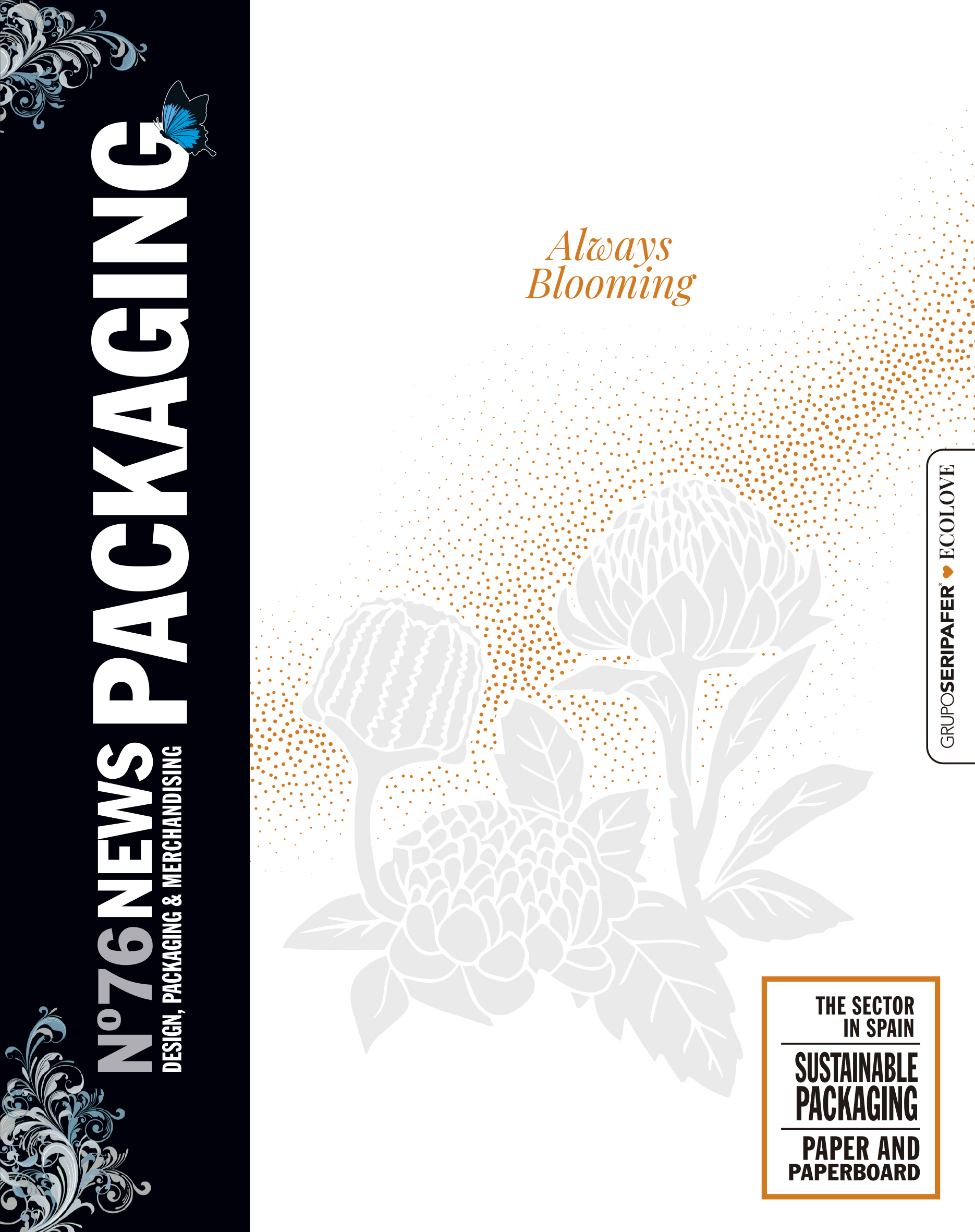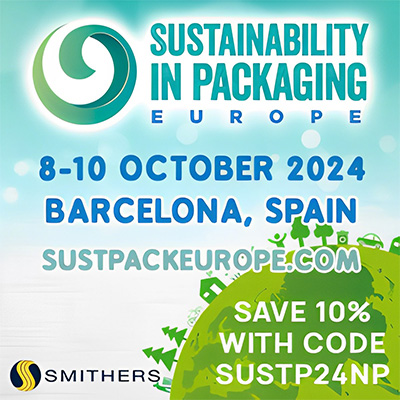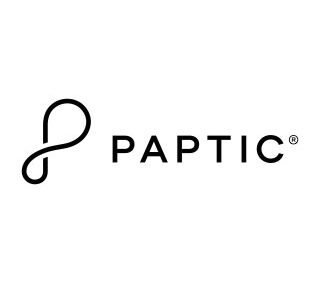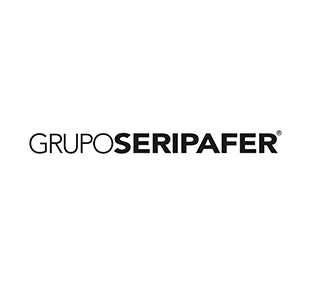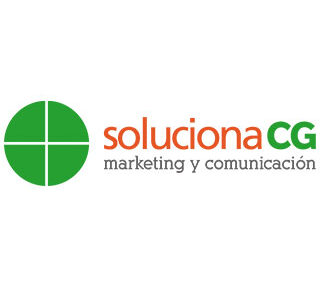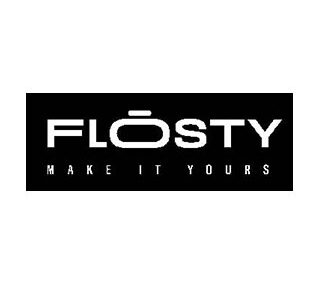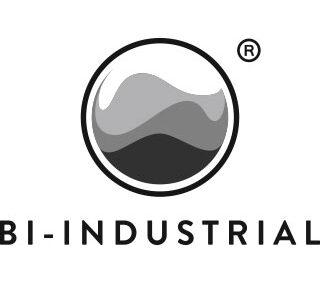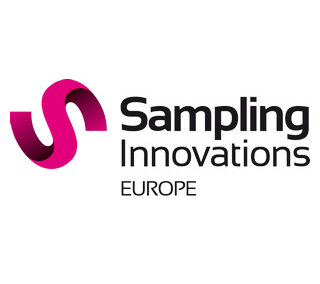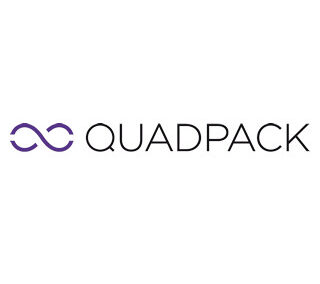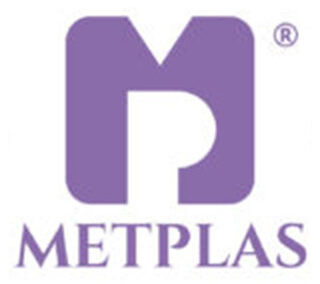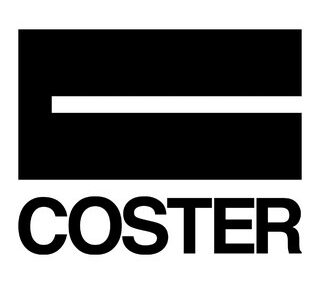El packaging sector shows an upward trend, with a future marked by sustainability. The use of recycled and/or recyclable materials, their availability, the certifications that endorse them, the traceability of the products, their life cycle, the increase in capacity and adaptation of recycling companies, transparency and communication with the consumer are some of the topics that were discussed in a round table held on Thursday in Barcelona, organized by News Packaging In collaboration with hispack.
Moderated by the magazine's director, Maica García, it included the participation of: Oriol Aran, Head of Product Engineering at Quadpack; Jesús Beneyto, Deputy General Manager of Faca; Enric Bellot, Technical Manager of Molpack; Miquel López, Sales Director of Winter & Company; Montserrat Marimón, Chief Operations Officer of Martiderm; Lucía Jiménez, Head of Sustainability and Standardization at Stanpa; Joaquim Cons, Product Stewardship Eco-Design Manager at Puig; Luisa Mestre, CEO of Beter, and Xavier Pascual, director of Hispack.
The meeting began with the intervention of Xavier Pascual, who stated that hispack grows, hosting "the maximum number of companies in the sector with maximum representation so that the visitor can find the maximum offer." Sustainability is once again the central theme, with a broad program of activities, with very interesting content, always valuing the visitor, that is, the user company. Internationality has also been enhanced.
Once the supply problems of 2022 have been overcome, the trend in the packaging sector is upward. "We, who are focused on high-quality, premium, luxury packaging, can say that it is a market that is constantly increasing, which goes further exponentially," he says. Miquel López.
"We have two years of exceptional growth," agrees Joaquim Cons. Our entire value chain has been stressed, and even the raw material manufacturers are offering us answers and it is a very good symptom of the stability we have at the company level.
For Molpack, there is also growth in the packaging sector, but it is not stable, there are “peaks”. Enric Bellot He points out that sometimes "it is very complicated to change dynamics", that is, to influence or change the customer's perception, depending on the packaging, the brand image, to offer something that can be more sustainable. «There are new materials, but also limitations, especially in primary, when you really have to use a new pellet that no one knows, a recycled material, because you are subject to the interactions of the formula, especially in cosmetics. You try to offer alternatives, but it is also more difficult for them to accept them,” adds Bellot.
Jesus Beneyto, from Faca, manufacturers in the cosmetics packaging sector, agrees with Enric Bellot that there are market and consumer trends with which legislation is sometimes not completely aligned. «In the last two years, new materials have emerged that we have already managed to translate into new products, but we need more clarity, because, at this time, with so many different trends, the commitment is not always clear. In the end, you adopt a strategy, but you need a little more visibility of where we will end up to know if the resources you are putting in, and the products you are developing, will be a bet for the future or not, because we have seen trends that change in a short time. ».
These market changes require investment and effort from suppliers and manufacturers. Beter opted for the tamper-proof blister and invested in machinery because the client demanded it, but, later, aware of the environmental impact it entailed, it changed it to FSC, machines that are now underused because they have moved to another system. «It is a very important change, but I think it was necessary and in fact we have moved towards making it even mandatory, it seems to us that we have to be very aware of this need. "It's a total transformation," he says. Luisa Mestre.
And do manufacturers find what they need from the supplier?
Montserrat Marimon, from Martiderm, distinguishes between primary and secondary packaging: «in secondary packaging, we are finding ourselves with much more agility to implement types of recycled paper and even inks that no longer contain certain more polluting materials, even at a price level that we can assume. within our production. Cost is one of the problems, because, in general, "all the materials we choose usually have a higher price when they are more sustainable and that affects the margin."
In the case of primary packaging, "it is taking us much longer to find this offer, perhaps because there is this difficulty of seeing exactly where we are going. Also because we have a handicap: the commercial marketing areas want to maintain the premium aspect of the product. The same transparency, the same shine, I want all these characteristics, but also for it to be sustainable. And then, we find ourselves with the need to ensure the stability of the product within that material.
All of this creates a complexity that sometimes the company itself, especially in the case of SMEs, cannot bear the cost or requires a great effort, since it involves carrying out stability tests on all its products. "We also need the help of suppliers to be able to assume this and go hand in hand in advancing on all these issues," concludes Montserrat Marimón.
From Quadpack's point of view, they have been working with recycled PET for a long time and it has different characteristics, so "there must be acceptance by the entire market of this difference as well," he says. oriol aran. Furthermore, “any recycled and biological material is more expensive. But in the end here you have to accept what the rules of the game are. He also agrees that there is growth in the packaging sector, which, "when we combine it with the needs for new materials, in factories we have to look for efficiency, and we take advantage of our product ranges to advance in all this aspect (search sustainability) so that the impact on cost is lower.
For Lucía Jiménez, "the trend towards sustainability has swept, but there are many speeds." "It is true that it is a growing sector, but I think it has always been that way." And he highlights that Spain is a power in perfumery and cosmetics. Lucía Jiménez spoke about the different types of companies and said that not all of them have been answered, especially in primary packaging, which, in the end, "is what interacts with the formula", especially for complex formulas and products of mass marketing. Furthermore, given that the beauty sector is an exporter, it must be taken into account that the laws of all countries must be complied with. «I think that market trends have to be adjusted to regulation. Know what it is and support what you want to do. Know what needs to be done and then what each brand trend wants to do. But a more robust knowledge on the subject of packaging is necessary.
Brands want stability. Joaquim Cons points out the contradiction between harmonizing and simplifying and the inherent differentiation of firms. "The brand wants to be known as a brand, as a global reference", this becomes an even greater challenge taking into account the current conditions. “We have to preserve competitive capacity,” he adds.
legislative changes
There are different changes in the regulatory framework that affect the packaging sector: the effects of the approval of the law on waste and polluting soils (Law 7/2022) and its annex on the tax on single-use plastic containers, as well as the law on packaging and packaging waste (RD 1055/2022). The corporate sustainability reporting directive (ESG Reporting), 2022/2464, also comes into force, which will establish new dynamics of transparency in the supply chain.
Lucía Jiménez, from Stanpa, highlights the impact of the new laws, especially on shapes, recycled materials and recycling issues. "I think that, as a sector, we have to work together to know all the traceability, they are going to force us to know our carbon footprint in terms of the impact of the materials or ingredients when formulating."
oriol aran, by Quadpack, introduces the topic of certification of these recycled materials in the packaging sector. "The traceability of all this material is a key point in the entire recyclability scheme that is sought within the regulation," pointing out that it is a complicated point, as are the recyclers. He gave the Quadpack wood factory as an example; Within the regulation, there is a quota that must be assumed regarding the recyclability of wood and "we are eager to see how it is implemented", since it is a sustainable material from sustainable forests but there are many doubts regarding the implementation of its recycling and the recyclers. Aran highlights that it is not only about the availability of material that may be on the market, the cost of the material itself, but also the work of the recyclers, which possibly impacts the entire chain.
Material Availability
Regarding the lack or lack of recycled material, Jesus Beneyto, from Faca, states that they already have several versions of recycled plastics in quite high percentages, in both PCR versions, which is post-consumer, and PIR, which is post-industrial. «One of the aspects that the regulations, from our point of view, are favoring is recyclability, the future of packaging, not only, or not so much, the history of packaging, to the point where the recycled plastics that we offer to our customers customers, European cosmetic brands, sometimes they are accepted, but, other times, the criterion that is imposed is the fact that it is a plastic that is recyclable, although, perhaps, it is in the virgin version.
That is, recycled is not the same as recyclable. If we talk about recyclable plastic, PET is the star, because, due to the beverage industry, there is already a chain, especially in the West, of recovering PET and it is a material that combines transparency and maximum recyclability.
Enric Bellot, from Molpack, also comments on the issue of recycling in the packaging sector, which is also not the same in all countries, which, together with the trends and limitations faced by suppliers, makes the process difficult: «materials, There are, but if we look for truly qualified, certified, global materials, we have few and it is limited.
«We need alternatives. This is the issue that brands introduce, that we do not see a portfolio of materials adapted to what we have," he adds. Joaquim Cons, by Puig.
Indeed, there are materials that currently do not have an alternative or a recycling system and perhaps, if there was pressure at the legislative level, the large recycling entities would investigate how to recycle them. Furthermore, if the large scale does not enter into the recyclability circuit, it affects more minority sectors. In this point, Lucía Jiménez explains that the regulation does put pressure and special mention that recyclers have to recycle certain types of packaging, but there are more complicated cases, such as the color category, "we are no longer just talking about materials, but also sizes or multiple layers . It is true that the trend is towards a transversal material, therefore volumes have nothing to do with food, but the recycling system has to respond to what is on the market, which are also smaller products. , like a vial, for example.
«There are materials that will have to be gradually eliminated. But others that will remain, because they are safe. Another thing is for the recycler to respond, but you as packaging suppliers must also respond to the packers regarding this compatibility," adds Lucía Jiménez. "We work with recyclers because they have to meet real demands and the landfill is no longer an option," she continues, insisting that SMEs cannot continually carry out tests.
In this regard, Monserrat Marimón, from Martiderm, says that "there are more and more manufacturers in the primary packaging sector who, at least in our case, are helping us, they are offering to do some preliminary tests and it is something that is greatly appreciated." Suppliers provide essential technical advice for companies.
Is the market or the suppliers of recycled raw materials really up to the task of meeting high demand or is there not enough availability of recycled material? "We are seeing that no, because the regulations are extending these dates and this gives us time," he says. Joaquim Cons. Meanwhile, alternatives such as chemical recycling are being studied, a service that large oil companies will probably offer, and suppliers are assuming an extra cost that reduces their competitive capacity.
Miquel López, from Winter & Company, points out the great bureaucracy that exists and the different regulations that must be assumed in the packaging sector, both in Europe and in the United States or China. "We have to adapt our materials so that they are valid throughout the world, which is a tremendous complexity" and involves a high cost, which is not associated with virgin material. According to Miquel López, there is enough raw material, but not all the materials that exist can be manufactured 100% recycled, "there are productivity and recycling limitations."
Jesus Beneyto, from Faca, focused on ecodesign in the packaging sector, one of whose lines of work “is to design so that it is easy to recover; I think it should be the focus of attention, if you already design so that the packaging is removable and each element is monomaterial, then put pressure on the recycling chains so that these elements can be recycled, because technically it is possible. If the market is leading us to a limitation of materials, we are all going to pay for it, since technically and 'marketinally' we have other needs."
In this point, Joaquim Cons introduces the topic of consumer knowledge, who does not have sufficient technical level to understand why a product is more sustainable. Several of the participants in the round table explained that the refill is having a low response from the user, so it is evident that information is missing. "We are responsible for applying these initiatives because if we don't start paving the way, no one is going to pave the way," he says.
Returning to the issue of certifications, there is a requirement to have a certificate from an external entity and sometimes the provider offers a self-certificate that is not valid, it is difficult to obtain it. «We are an industry that has a relative specific weight and when we go to the large companies in the sector, both paper and plastic, they make a relative case for us, but it is an obligation, they cannot sell a product if there is no very high certification. serious, it is one of the challenges we have," adds Cons. In fact, in the debate it was mentioned that the certifying body is now quite blocked because there are few companies that certify and if everyone must go to the same ones, a blocking situation occurs.
Lucía Jiménez wanted to insist on the issue of ingredient and packaging traceability, throughout the value chain, on the need for transparency. He spoke about the fact that many SMEs are technically unaware of the materials they sell to them, as well as the recyclability values at a technical level. And keep in mind that there is a difference between what the consumer is willing to do and what he does, even bigger in Spain.
A positive but complex moment
Miquel López concludes that, for Winter & Company, sustainability is "a very firm commitment of our company and, in general, we are making better products."
For Joaquim Cons, from Puig, "we have to lead the part that falls to each company or each of the actors in the value chain", measure the entire life of the product and explain the actions that are implemented both internally and to the consumer. "Regulation will force us to do certain things but, as always, it also gives us opportunities and the companies that try to work better will have added value." Finally, he also expressed his belief in balancing and compensating so that costs are not higher.
Enric Bellot, from Molpack, also emphasizes that the consumer must be educated, but that perhaps it is easier from the leading, prestigious or premium brands, since, if they begin to introduce changes in concept, these can be better understood and facilitated. changes.
«For me environmental awareness has to be global. From my point of view, it seemed to me that the situation is complex and that it is not really adapted to the evolution and a gap in the consciousness that the consumer has today. I think that self-demand in companies has to be higher than legislation and that it is not only with the packaging, but also with the product, with awareness at the level of human resources, staff, logistics...", says Luisa Mestre, of Bether.
«Some time ago, design was focused on aesthetics. Today it is sustainability and functionality. The good news is that we have solutions. Not for everything, but for many things. Solutions developed in recent years and that can capture the needs and problems, if not all, of part of these demands. The message, from our point of view, is positive, seeing what we have done in recent years," concludes Jesús Beneyto, from Faca.
Montserrat Marimón, from Martiderm, agrees that a few years ago sustainability was not a priority when creating a product, but now it is on the table from the beginning of the project. «We have enough companies that can help us a lot and especially the big ones, which are leading. As a whole, it is positive and there is a breeding ground for making great progress."
"We do not see the situation in a negative way, but rather that it is complex and the most important point is that each link in the chain has to adapt," adds Oriol Aran, from Quadpack, regarding the packaging sector.
Finally, Lucía Jiménez, from Stanpa, highlights that "it is positive to continue working each one in their area, above all, to have technical rigor that can help our companies as a sector." Being able to continue talking, collaborating and working together for more sustainable packaging that responds to everyone's needs.

